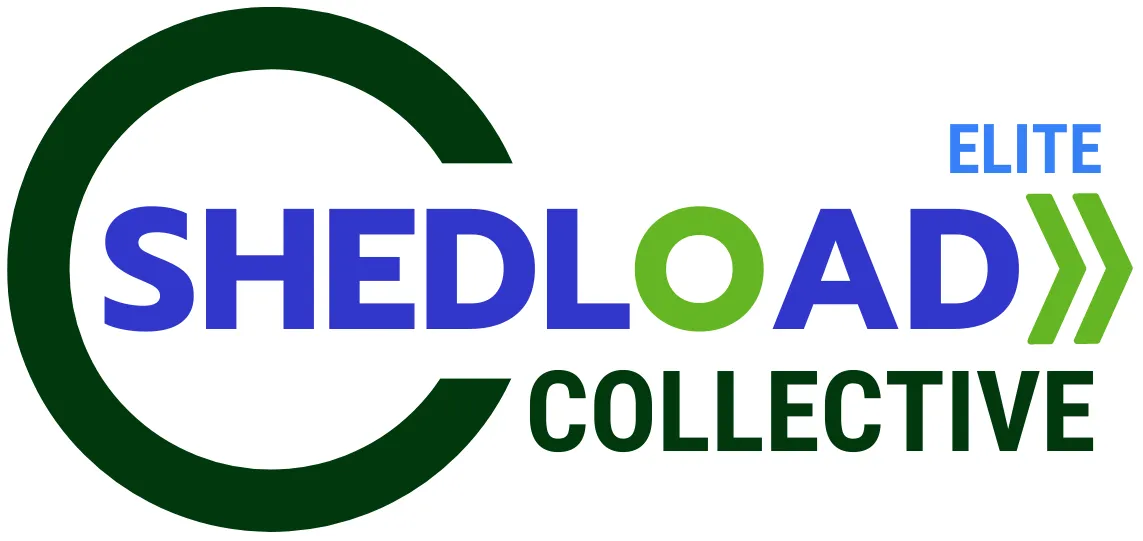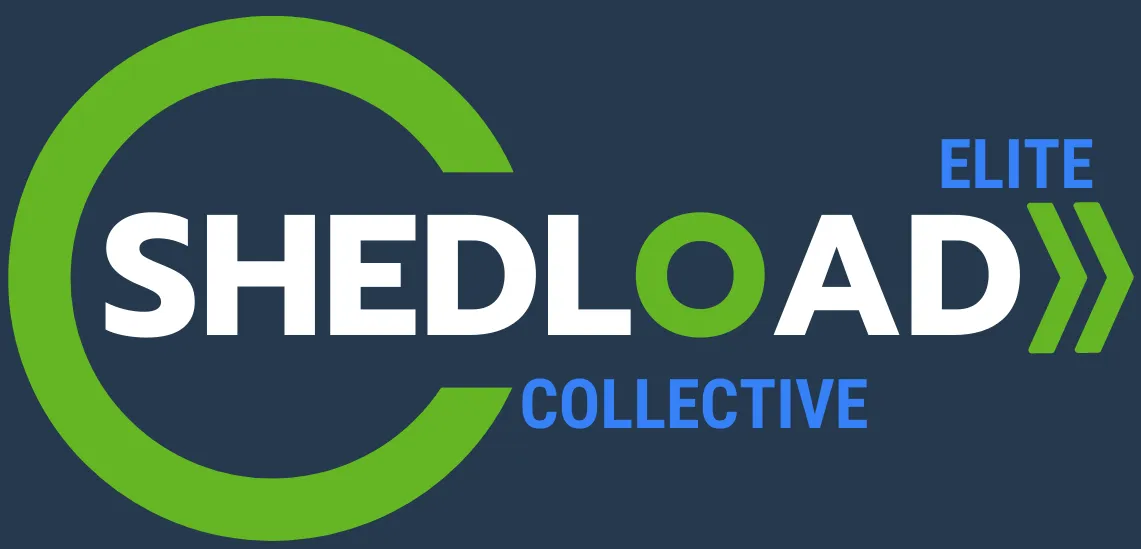
Using The Principles Of Profit Acceleration And Our Profit Acceleration Software (PAS) To Benefit A Small Business By Cutting Costs
Strategic Cost-Cutting for Accelerated Profit
When looking to cut costs in your business, the goal isn't just to spend less, but to spend smarter. This involves identifying expenses that aren't contributing effectively to total utility (customer satisfaction) or profit acceleration, and then reallocating those resources. The Profit Acceleration Software™ helps us pinpoint these opportunities by providing data-driven insights.
Here's what you should be looking for when cutting costs:
1. Eliminating Non-Value-Adding Expenses
These are costs that don't directly contribute to your core product/service, customer satisfaction (marginal utility), or operational efficiency. They often build up over time and go unnoticed.
What to Look For:
Unused Subscriptions/Software: Tools or services signed up for but rarely, if ever, utilized.
Excessive Office Supplies/Equipment: Over-ordering or purchasing items that aren't truly needed.
Underperforming Marketing Spend: Ad campaigns or channels that generate little to no measurable ROI.
Unnecessary Travel/Entertainment: Extravagant spending that doesn't yield proportional business benefits.
Redundant Services: Paying for multiple services that essentially do the same thing.
Concrete Example (E-commerce Retailer):
An online boutique, after a software analysis, discovered they were paying for three different email marketing platforms, two project management tools, and a customer service chat application that rarely received queries.
Action: Consolidated to one robust email platform, one project management tool, and canceled the underutilized chat service.
Potential Outcome: Reduced software subscription costs by 25% annually, saving approximately $4,000 per year, which directly increased net profit by 1.5%.
2. Optimizing Supplier Relationships and Procurement
Even essential inputs can be acquired more cost-effectively without sacrificing quality or negatively impacting the customer's marginal utility.
What to Look For:
Volume Discounts: Are you consolidating purchases to achieve better pricing?
Negotiating Better Terms: Reviewing payment terms, delivery schedules, and pricing with existing suppliers.
Alternative Suppliers: Researching new vendors who can offer similar quality at lower costs.
Minimizing Waste: Reducing spoilage, errors, or over-ordering of raw materials.
Concrete Example (Restaurant):
A local farm-to-table restaurant used the software to analyze their food procurement costs. While quality was paramount (high marginal utility for customers), they found inefficiencies in their ordering frequency and lack of competitive bidding.
Action: Consolidated produce orders to a single, larger weekly delivery instead of multiple small ones, reducing delivery fees. They also put their top 5 ingredients out for competitive bids quarterly.
Potential Outcome: Reduced produce purchasing costs by 7%, saving $1,500 per month on average. This directly improved their gross profit margin by 2 percentage points.
3. Improving Operational Efficiency and Productivity
Inefficient processes translate directly into wasted labor, time, and resources. Streamlining these areas can lead to significant cost reductions.
What to Look For:
Process Bottlenecks: Steps in your workflow that slow down production or service delivery.
Manual Repetitive Tasks: Activities that could be automated or completed more efficiently with technology.
Energy Consumption: High utility bills due to outdated equipment or inefficient practices.
Underutilized Assets: Equipment or space not being used to its full potential.
Concrete Example (Small Manufacturing Business - Custom Signage):
A custom signage manufacturer realized their design-to-production handoff process was causing delays and rework. The software highlighted the amount of wasted labor time.
Action: Implemented a new digital workflow for design approvals and production scheduling, reducing manual data entry and communication errors. They also upgraded old lighting to energy-efficient LEDs.
Potential Outcome: Reduced labor hours per project by 10% due to streamlined processes, saving $2,000 per month in wages. Energy costs decreased by 18%, saving $300 per month. Overall, operational costs decreased by 5%, directly increasing net profit by 3%.
4. Optimizing Staffing and Labor Costs
Labor is often the largest expense. This isn't about layoffs, but ensuring optimal staffing levels, efficient scheduling, and effective training to maximize productivity per employee.
What to Look For:
Overtime Hours: Excessive or unmanaged overtime.
Inefficient Scheduling: Gaps or overlaps in staff coverage leading to wasted paid time.
High Turnover Costs: Frequent hiring and training expenses due to poor retention.
Lack of Cross-Training: Inability for staff to cover multiple roles, leading to inefficiencies.
Concrete Example (Veterinary Clinic):
A small veterinary clinic struggled with high overtime for vet techs and receptionists, impacting their bottom line. The software analyzed their patient flow and scheduling patterns.
Action: Implemented a new patient scheduling system that optimized appointment booking to smooth out peak times, reducing the need for unscheduled overtime. They also cross-trained reception staff to assist with basic tech duties during quieter periods.
Potential Outcome: Reduced overtime expenses by 30%, saving $1,000 per month. Improved staff utilization led to a 5% increase in patient capacity without hiring additional staff. This directly increased the clinic's net profit margin by 1.5%.
Need help putting this into action? Find us anytime. We’re happy to help.
Do you want to try a Simulator Version of our Profit Acceleration Software? Take it for a free Test Spin and see where you’re losing money.
Or, simply access our Free Training with no forms to fill out!
Are you interested in learning more about our different coaching offerings? Feel free to contact us anytime and check out our wide range of services to support whatever short or long term needs you’re currently facing. By leveraging the Profit Acceleration Software™ (PAS), The Elite Shedload Collective offers a unique advantage. We don't just provide qualitative Coaching and support; we bring data-driven precision with quantitative financial proof to every aspect of your business, ensuring that your efforts to solve these problems translate directly into measurable financial gains and sustained growth.



